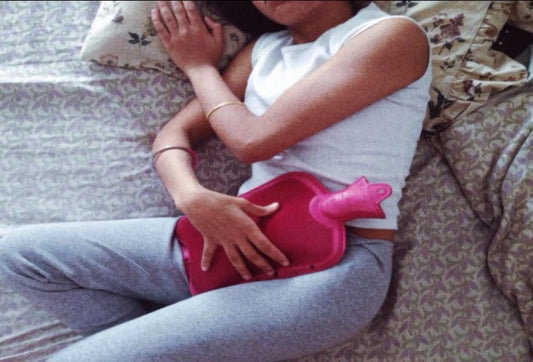
Fighting against Body Dysmorphia

How good will it be if my waist was a little bit thinner? Or Will I ever have thinner thighs? We find people among us who have such similar thoughts. Very often in the pursuit of perfection people tend to sway from reality and find themselves in extreme situations.
What is body dysmorphic disorder (BDD)?
According to the DSM 5 (a guide to mental health conditions used by psychiatrists), it is when a person is anxious about one’s body part and thinks that they are abnormal or flawed, while in reality the flaws are not observable or slightly visible. You may find yourself indulging into negative thoughts and spend large amount of time trying to change what might be the flaw for you. It can hugely affect your self-confidence and the quality of your life.
Who can be diagnosed with body dysmorphia?
The major chunk of the population affected by body dysmorphia include the teenagers and young adults. It usually starts in the age of 12-14, when adolescents began to grow and their bodies began changing along with that any family history of mental illnesses might surface during this period and thus might lead to obsession.
How to identify the symptoms?
You can easily identify yourself or your close ones if you find the below
symptoms,
1. Constantly observing a particular body part wanting change in it
2. Trying to hide your flaws through cosmetic surgeries or makeup
3. Often comparing your appearance with others
4. Checking your appearance frequently
5. Avoiding social situations where people might notice you more
6. Compulsive grooming behaviors that may be harmful (hair pulling, Skin picking, etc.)
7. Aggressive exercise or grooming or following harsh diets.
What are the causes?
8. Having blood relatives affected by BDD or obsessive-compulsive
disorder.
9. Having negative live experiences in your childhood like abuse,
neglect, trauma or bullying
10. Societal pressure and unattainable perceptions on beauty
11. Having another mental condition like anxiety or depression
12. Having different brain chemistry or structure, where a certain part of brain development does not allow you to easily control your thoughts.
Diagnosis and Treatment
If you feel you cannot control your negative thoughts or you have thoughts about self-harm or suicide, you should consider getting diagnosed by a healthcare professional. Also, if you find someone close to you indulging in harmful food or diet practices such as vomiting after eating, not eating at all, controlling their portions while they are still hungry, it is your responsibility to stop them and educate them on body dysmorphia.
Treatment may include psychotherapy and medication. Psychotherapy can consist of different methods, but basically it is about understanding your feelings and learning to develop coping mechanism. The most common type of psychotherapy being cognitive behavioral therapy (CBT) and family therapy. Medication may include antidepressants, that can help with controlling anxious thoughts. Medications taken along with psychotherapy can provide more effective results.
To conclude
Yes, each person’s body is different from one another, and that’s what makes it beautiful. Imagine a world full of people, all of them looking exactly the same. How Boring! Always remember, your uniqueness is your beauty. On the occasion of international no diet day, we shall learn acceptance and pledge to spread awareness on body dysmorphism. Learn to love your body parts and pamper them with our Putchi Pampered products.








